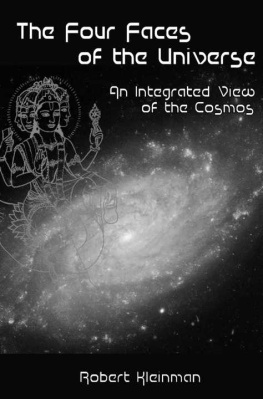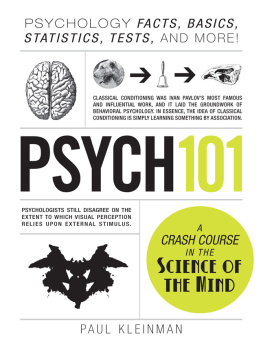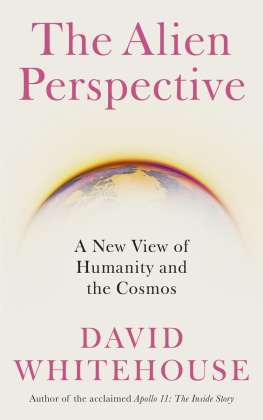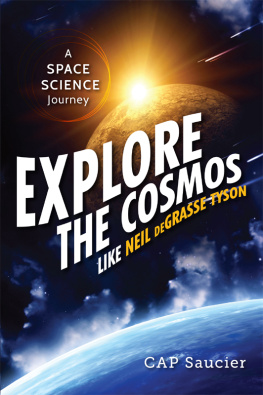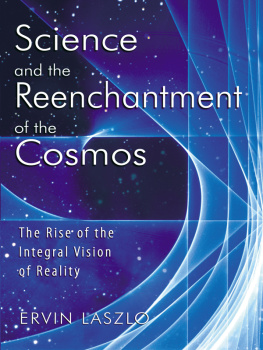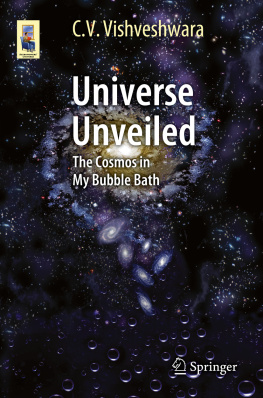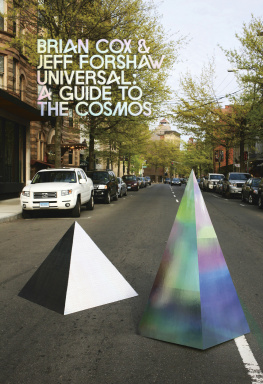Robert M. Kleinman


A DESCRIPTION OF THE FRONTISPIECE
Brahma, the four-faced Hindu god of creation, who can be taken to represent the universe in all of its aspects, is seated on a lotus blossom above the reclining figure of Visnu. Only three of Brahma's faces are visible in the illustration since the fourth is looking backward. Visnu, the underlying support of the cosmic manifestation, is sleeping on the coils of the giant serpent, Ananta. Both are drifting blissfully on an eternal ocean of milk, indicating the primeval waters of creation. As Visnu sleeps, he dreams of universes to be born. The milk symbolizes the Divine Mother; she is the creative power that turns his dreams into realities. Normally, the lotus plant is shown blooming from Visnu's navel. But here the lotus, with Brahma seated upon it, is depicted separately above Visnu. The ocean of milk is also not clearly delineated in this sculptural rendition of the myth. The essential point of the myth is clear, though somewhat obscure in the illustration. Without the Divine Mother, Visnu would remain unmanifested and the drama of the universe could not begin.
DEDICATION
With homage
to
Sri Aurobindo Without whom this far journey Could not have begun
Table of Contents
vii
................................. ix
...................................... 1
........................ 7
.............................. 9
.......................... 11
.................................. 13
............................. 23
..... 27
................ 27
..... 29
...................... 30
.............................. 30
....................... 31
....................... 34
................ 36
......... 43
.................. 46
.................... 49
.......................... 47
.................. 55
............................ 55
......................... 57
.............................. 61
........................... 64
....... 69
........... 73
..................... 75
.......................... 75
........................ 78
..................... 82
............................ 84
......................... 89
............ 94
........... 97
................ 100
.................. 102
................. 108
................... 113
....................... 117
....... 121
............................ 123
................... 126
.............. 128
................... 129
....................... 132
....................... 135
..................... 137
.................. 138
.............. 143
............. 147
.................... 148
............. 151
.......... 151
............. 155
......................... 156
.......... 158
............................. 160
............................. 165
............................. 165
................... 165
....................... 166
................. 169
................... 172
...................... 175
........................ 179
.............. 183
.................. 184
.......................... 185
........................... 186
.................. 187
.......................... 188
................................. 189
........................... 189
..................... 196
................... 198
.................... 201
.............. 205
....................... 215
........... 219
....................... 219
...................... 220
........................ 221
................. 224
.................... 228
....................... 231
.................... 232
...................... 233
............................. 235
............................ 238
...................... 240
..................... 243
......................... 248
............................... 253
........................ 257
......................... 260
.......................... 264
........................ 267
............... 273
.................................. 283
..................... 287
...................................... 293
.............................. 319
...................................... 327
List of Illustrations
Plates
Frontispiece .....................................v
I. A Message from the Mother ................... 25
II. Helena Petrovna Blavatsky .................... 53
III. The Dancing Shiva ......................... 86
IV. Albert Einstein ............................ 119
V. The Realm of the Galaxies .................. 127
VI. The Magical Universe ...................... 181
VII. The Great Ultimate ........................ 208
VIII. A Solitary Temple Amid Clearing Peaks ........ 213
IX. Sri Aurobindo ............................ 217
X. The Mother .............................. 255
XI. Savitri's Arrival ........................... 276
XII. Ascent to the Truth ......................... 285
Figures
1. A Seated Yogi ............................. 96
2. The Cosmic Principles ...................... 107
3. The Standard Big Bang Model ............... 145
4. Plato's Circles ............................ 192
5. The Three Worlds ......................... 202
6. The Principles of Being ..................... 245
7. Dante's Cosmos ........................... 270
PREFACE
One hesitates to offer the public a book representing a lifetime of inquiry. Doing so can expose an author's innermost personality to the idle curiosity of strangers. I now believe that the risk should be taken. Writing it seemed like chiseling into a block of hard granite, but the attitude that sustained me is exemplified by a remark attributed to the Zen Master Miura Roshi. When presented with a small wooden statue of Bodhidharma, he said that in olden days the carving of a sacred figure was accompanied by three bows before each cut.
This book addresses readers who have a general interest in cosmology. Many people today are dissatisfied with the scientific approach to the universe, but do not know where to find something better. Modem science, while enlarging our picture of the physical universe, fails to offer insight into its meaning. This is not surprising. Broadly speaking, science is a refinement of everyday common sense relying on logic, mathematics, and controlled experiments. It works exceptionally well within its proper domain, but, like common sense, stumbles when exceeding it. The universe is a good example of this: although the observable universe can be studied in detail, there is much beyond it that is inaccessible to science. A more comprehensive approach is needed to encompass the universe as a whole. We will adopt an integrated view that examines the major types of cosmology and shows how they can be unified in a total vision of the cosmos. Rather than simply compare different theories, my purpose is to integrate them. Integration implies becoming "whole or complete," and involves more than a mere synthesis of ideas. Above all, the integration of cosmologies requires an inner center that can bring them all into a single focus.

